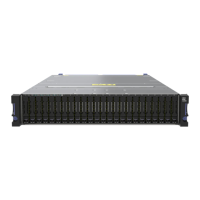Table 2-3. General Form of the Script Commands (continued)
Syntax Description
download object {statement-data}
Transfers data to the storage subsystem
or to the hardware that is associated with
the storage subsystem.
enable object {statement-data}
Sets a feature operate.
recopy object {statement-data}
Restarts a VolumeCopy operation by
using an existing VolumeCopy pair. You
can change the parameters before the
operation is restarted.
recover object {statement-data}
Re-creates an object from saved
configuration data and the statement
parameters. (This command is similar to
the create command.)
re-create object {statement-data}
Restarts a FlashCopy operation by using
an existing FlashCopy logical drive. You
can change the parameters before the
operation is restarted.
remove object {statement-data}
Removes a relationship from between
objects.
repair object {statement-data}
Repairs errors found by the check
command.
reset object {statement-data}
Returns the hardware or an object to an
initial state.
resume object
Starts a suspended operation. The
operation starts where it left off when it
was suspended.
revive object
Forces the object from the Failed state to
the Optimal state. Use this command
only as part of an error recovery
procedure.
save object {statement-data}
Writes information about the object to a
file.
set object {statement-data}
Changes object attributes. All changes are
completed when the command returns.
show object {statement-data}
Shows information about the object.
start object {statement-data}
Starts an asynchronous operation. You
can stop some operations after they have
started. You can query the progress of
some operations.
stop object {statement-data}
Stops an asynchronous operation.
suspend object {statement-data}
Stops an operation. You can then restart
the suspended operation, and it continues
from the point where it was suspended.
Recurring Syntax Elements
Recurring syntax elements are a general category of variables and options that you can use in one or
more script commands. The recurring syntax is used in the general definitions of the script commands
that are listed in Chapter 3, “Script Commands,” on page 3-1
2-4 IBM System Storage DS3000, DS4000, and DS5000: Command Line Interface and Script Commands Programming Guide

